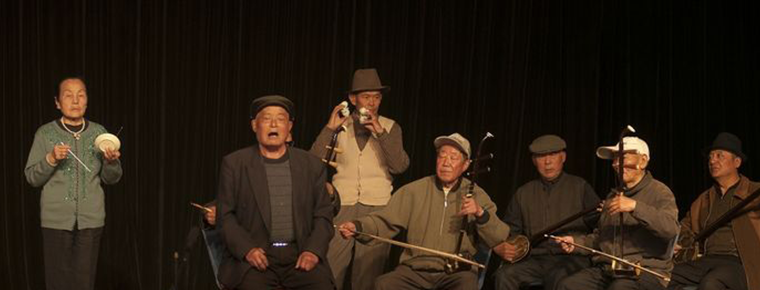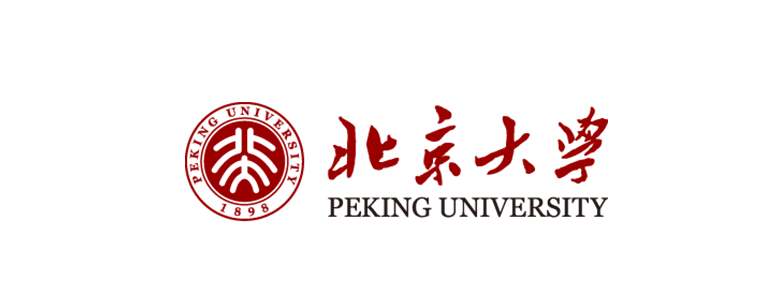Five Palace Tunes in Haizhou
Five Palace Tunes in Haizhou
Haizhou Five Palace Tunes is a traditional folk music with a long history. It is an important link of Ming and Qing folk songs in Jiangsu Province. It is a precious relic of ancient "Zhugong Tunes". It has a rare empirical value for the study of Chinese folk music and even folk music. The custom of folk singing ditties in Haizhou has a long history. Because it is located at the border of Jiangsu and Shandong provinces, and also the intersection zone of Jianghuai dialect and Northern dialect, the melodies of both north and South in history have taken root here, showing a situation of blending and mixing all kinds of melodies. The five palace tunes of Haizhou are a kind of artistic form which is spread in Lianyungang City and its surrounding areas and is composed of soft flat tunes, overlapping tunes, Oriental tunes, Southern tunes and Boyang tunes.
In 2004, it was listed as the first pilot project of national folk culture protection in Jiangsu Province by Jiangsu Provincial Department of Culture. In 2006, the Five Palaces in Haizhou, Jiangsu Province, was approved by the State Council and listed in the first batch of national intangible cultural heritage lists.
Inheritance significance
In the mid-1920s, after the Longhai Railway extended eastward to Xinpu (now Xinpu District, Lianyungang City, Jiangsu Province), the waterway traffic in Haizhou was gradually replaced by land transportation, and Banpu gradually lost its position as a transportation hub. At the end of the 1940s, Banpu became increasingly depressed. The government of Houguanyun County moved to Yishan. The traffic congestion and the singleness of cultural life made the Five Palaces tune in Haizhou free from the impact of other artistic forms. Some endangered lost songs were completely preserved, and the singing artists also spread to this day. Nowadays, in Xinpu, Haizhou, Banpu and other places, there are still many players who automatically gather to sing official tunes and signboards.
Due to the long-term folk singing in the form of self-entertainment, lack of professional artists, and few new catalogues, the promotion and development of this kind of music has been greatly limited.
After 1980, due to the change of social environment, music such as the Five Palace Tunes has gradually become endangered. Haizhou Five Palace Tunes is a precious heritage of Ming and Qing folk songs in China. Its excavation and protection will play a positive role in promoting Ming and Qing minor studies.
The state attaches great importance to the protection of intangible cultural heritage. On May 20, 2006, the Five Palaces of Haizhou were approved by the State Council and listed in the first batch of national intangible cultural heritage lists.


-
Slender West Lake
Slender West Lake, formerly known as Guarantee Lake, is located in the northwest suburb of Yangzhou City, Jiangsu Province.
Views: 166 Time 2018-12-06 -
Taimu Mountains
Taimu Mountain is located in the northeast of Fujian Province. It is 45 kilometers south of Fuding City from the urban area..
Views: 191 Time 2018-12-08 -
White Horse Temple Baima Temple
Baima Temple is located in Baima Temple Town, Luolong District, 12 kilometers east of the old city of Luoyang City, Henan Province. Founded in the eleventh year of Yongping in the Eastern Han Dynasty .
Views: 179 Time 2019-01-02 -
Eight claw Fish Powder Pueraria Decoction
500 grams of Pueraria Thunb, 50 grams of octopus, 400 grams of pork legs, four candied dates, and 1/6 peel..
Views: 132 Time 2019-03-27 -
Running curtain
Running curtain originated in the Spring and Autumn Period and Warring States Period, formed in the Qin and Han Dynasties, flourished in the Song, Yuan, Ming, Qing Dynasty and the early Republic of Ch.
Views: 332 Time 2019-06-09 -
Manufacturing Techniques of Fukushima Ship with Watertight Cabin
The manufacturing technology of watertight compartment Fukushima, the local traditional handicraft technology of Jiaocheng District in Jinjiang and Ningde City, Fujian Province, is one of the national.
Views: 147 Time 2019-06-15 -
Jade Carving in Yangzhou
Yangzhou has a long history of jade carving. Jade carving in Yangzhou reached a new peak in the Tang Dynasty, and carving and striping appeared in the Song Dynasty. During the Qianlong reign of the Qi.
Views: 95 Time 2019-07-10 -
New brown leaf weaving
Xinfang Brown edition is one of the traditional handicraft products in China. It has entered the third batch of national intangible cultural heritage list recommendation project list. It originated in.
Views: 472 Time 2019-08-16 -
Peking University
Founded in 1898, Peking University was first named as Beijing Normal University Hall. It was the first national comprehensive university in China and the highest educational administrative organ at th.
Views: 245 Time 2019-08-30 -
Beijing Jiaotong University
Beijing Jiaotong University is a national key university directly under the Ministry of Education, jointly constructed by the Ministry of Education, the Ministry of Transport, the Beijing Municipal Pe.
Views: 154 Time 2019-09-06 -
Social security in Deyang
In 2018, there were 748000 employees participating in basic endowment insurance, 345000 in unemployment insurance, 752000 in medical insurance, 384000 in industrial injury insurance and 399000 in maternity insurance. In the whole year,.
Views: 337 Time 2020-12-14 -
Neijiang social security
In 2019, there were 109600 people participating in the endowment insurance (including retirees) of government institutions, 842500 people of enterprise employees (including retirees), and 1501700 people of urban and rural residents. 52100 new urban jobs.
Views: 353 Time 2020-12-16










